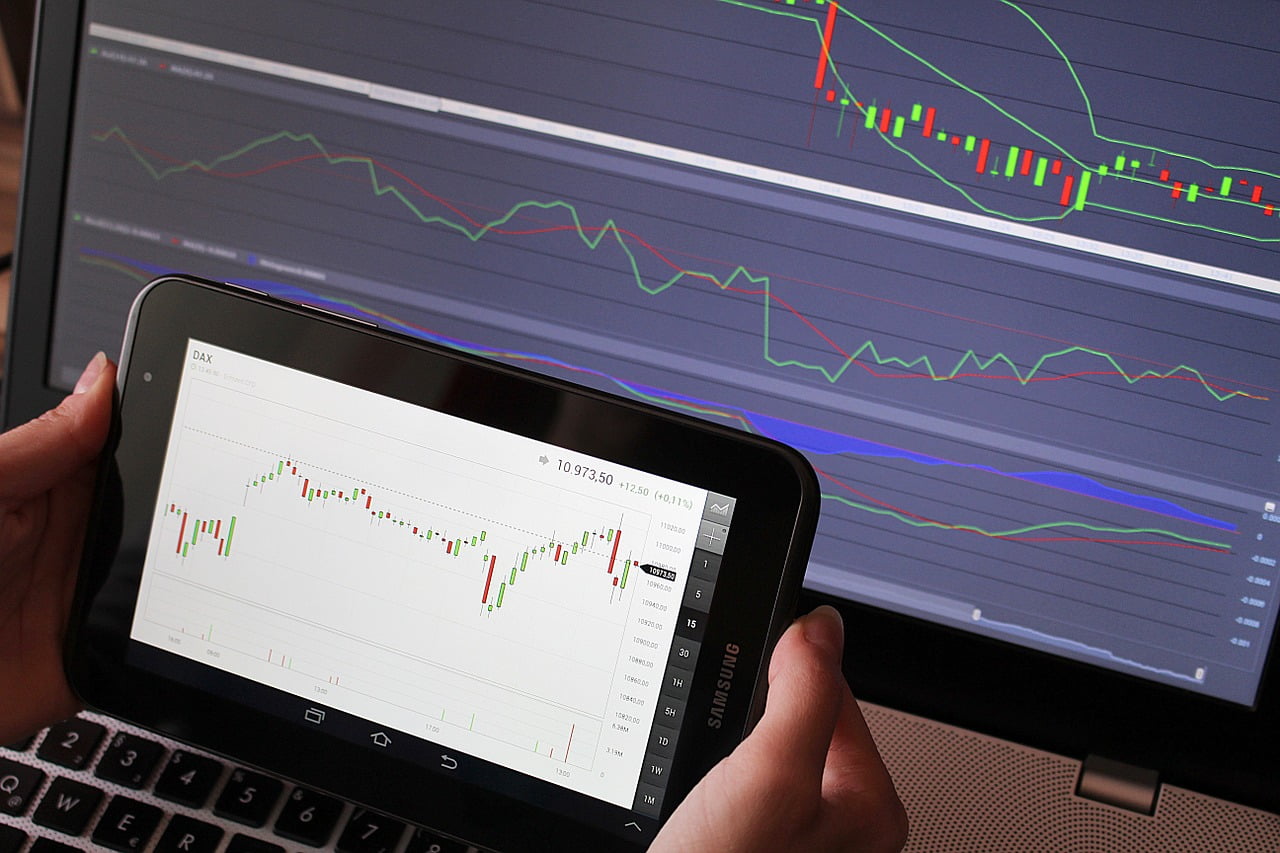Quantitative trading and algorithmic trading are similar in many ways, but there are several distinct differences too. In this article, Dan Calugar, an experienced investor, walks through how they are similar, how they differ, and where each has its place.
Q2 2021 hedge fund letters, conferences and more
Both quantitative and algorithmic trading rely heavily on math and computers. They are both fact-based elements of modern investing and can be used together. Let's take a look at each.
Quantitative Trading
Quantitative trading, sometimes called quant trading, is a method for devising investment strategies based on quantitative analysis. This analytic technique uses mathematical and statistical modeling, measurement, and research to represent a given reality with numerical values.
Data inputs for the quantitative analysis of a potential trade include price, volume, momentum, and more. Traders use mathematical models with large data sets to identify trading opportunities. The models are tested against historical data and optimized for current conditions.
Once the mathematical model has been built and backtested, it is implemented in real-time with real capital. Quantitative trading models are expensive to build and are generally short-lived. Changing market conditions and other traders using similar techniques cause the models to become ineffective over time.
Large institutions and hedge funds have historically been the typical users of quantitative trading techniques. The transactions are usually significant. However, cloud technology and specialized software are making quant trading more accessible to individual retail investors today.
Algorithmic Trading
Algorithmic trading is a process for turning trade ideas into trade orders more than a strategy, like quantitative trading. Where quantitative trading uses quantitative analytics to develop investment strategies, algorithmic trading uses mathematical algorithms to execute a strategy—quantitative or otherwise.
The algorithmic trading process utilizes automated and pre-programmed trading instructions to execute complicated trading orders. Sophisticated algorithms help traders make trades instantaneously.
Algorithmic trading programs can be used in conjunction with quantitative trading strategies. The pre-programmed algorithms can use a quantitative model to decide on various vital aspects of the trade, such as the price, timing, and quantity, and then execute the trade automatically without human intervention.
A knowledgeable trader, a computer programmer, or even a student can create and use algorithms to enhance their trading efforts. And, algorithms are not only used to automate orders; they can be used to generate all kinds of signals or indicators. Algorithmic trading software can be programmed to automatically react to the developed indicators or simply flag an alert for human intervention.
High-Frequency Trading (HFT) and algorithmic trading are sometimes mistakenly thought of as one and the same. HFT requires a considerable investment in trading infrastructure and direct access to the markets. As a result, individual traders rarely engage in HFT. On the other hand, algorithm trading is readily accessible to any trader with a bit of coding experience.
Conclusion
In the end, there is an apparent overlap between quantitative and algorithmic trading, but they have distinct differences. Quantitative trading is using quantitative analysis to develop a trading strategy. Algorithmic trading is turning a trading idea into a trading action without human intervention using coded algorithms.
About Daniel Calugar
Dan Calugar is a versatile and experienced investor with a background in computer science, business, and law. He developed a passion for investing while working as a pension lawyer and leveraged his technical capabilities to write computer programs that helped him identify more profitable investment strategies. When Dan Calugar is not working, he enjoys spending time working out and being with friends and family and volunteering with Angel Flight.













